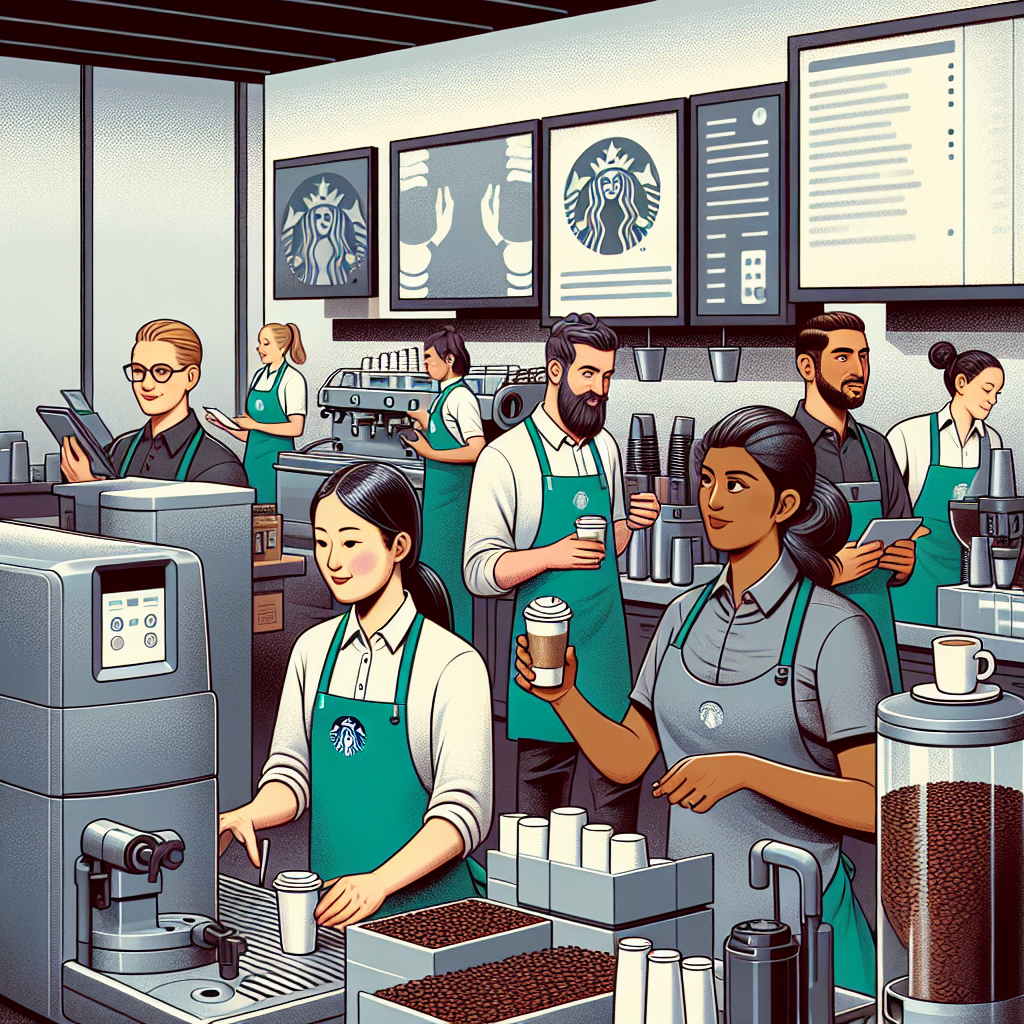Back
In a strategic shift that diverges from the wider industry trend of increased reliance on technology, Starbucks CEO Brian Niccol announced the company's decision to invest more heavily in store staffing rather than further deploying its automation systems. This change aims to enhance customer experience by addressing the staffing needs at its outlets, with the overarching goal of boosting sales through improved service quality, according to Niccol.
Niccol, who took over as CEO in September, emphasized the shortfall in previous assumptions that equipment could compensate for reduced staffing levels. The company's pilot initiative to raise staff numbers at select locations is now set to expand, with plans to increase headcounts at 1,500 to 2,000 stores by May, and around 3,000 by year-end. While this move will inflate operational costs, Starbucks anticipates that the enhancements in service will spur growth, compensating for the increased expenses.
The decision also signals a pullback in the deployment of Starbucks’ Siren system, initially intended to optimize drink-making processes. Instead of wide-scale implementation, the focus will now shift to stores with high foot traffic and sales. This approach contrasts with the direction of other major restaurant chains like Chipotle, which continues to embrace automation in a bid to reduce labor costs.
This update was provided in light of Starbucks reporting a decline in same-store sales in North America, marking a continuation of challenging fiscal quarters. For more details, you can read the full article on Yahoo Finance: [Starbucks to beef up store staffing, go slow on automation rollout](Source).
Starbucks Shifts Focus Towards Staffing Over Automation
In a strategic shift that diverges from the wider industry trend of increased reliance on technology, Starbucks CEO Brian Niccol announced the company's decision to invest more heavily in store staffing rather than further deploying its automation systems. This change aims to enhance customer experience by addressing the staffing needs at its outlets, with the overarching goal of boosting sales through improved service quality, according to Niccol.
Niccol, who took over as CEO in September, emphasized the shortfall in previous assumptions that equipment could compensate for reduced staffing levels. The company's pilot initiative to raise staff numbers at select locations is now set to expand, with plans to increase headcounts at 1,500 to 2,000 stores by May, and around 3,000 by year-end. While this move will inflate operational costs, Starbucks anticipates that the enhancements in service will spur growth, compensating for the increased expenses.
The decision also signals a pullback in the deployment of Starbucks’ Siren system, initially intended to optimize drink-making processes. Instead of wide-scale implementation, the focus will now shift to stores with high foot traffic and sales. This approach contrasts with the direction of other major restaurant chains like Chipotle, which continues to embrace automation in a bid to reduce labor costs.
This update was provided in light of Starbucks reporting a decline in same-store sales in North America, marking a continuation of challenging fiscal quarters. For more details, you can read the full article on Yahoo Finance: [Starbucks to beef up store staffing, go slow on automation rollout](Source).

